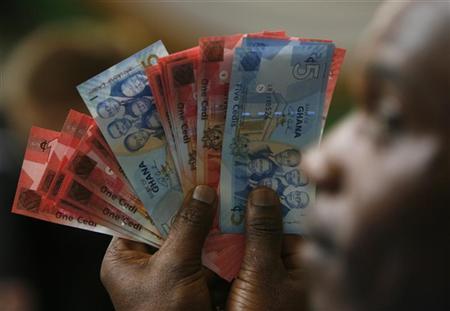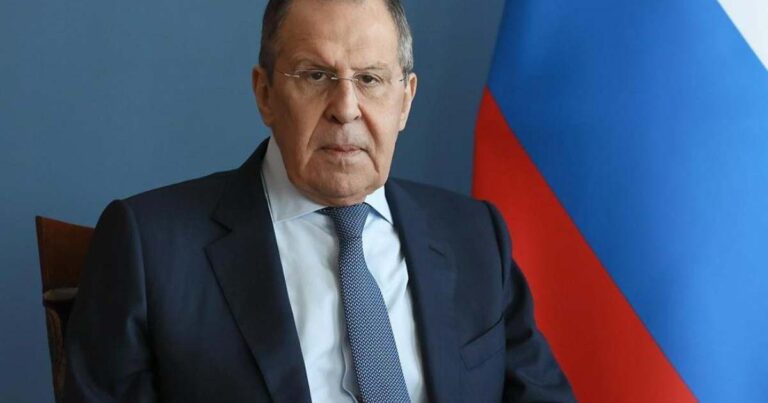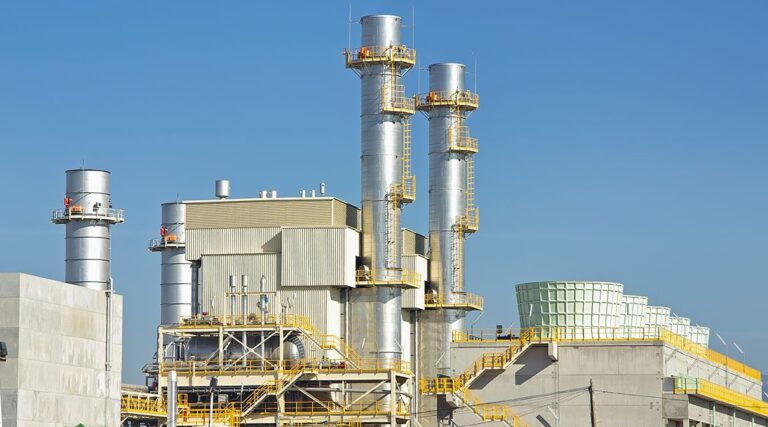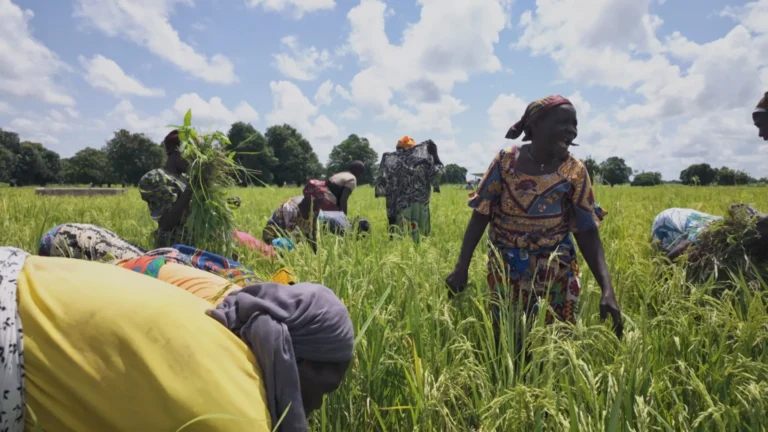
The Bank of Ghana faces a pivotal decision this week on whether to ease interest rates, as the country’s economy shows resilience despite lingering inflation concerns.
Opening the 125th Monetary Policy Committee (MPC) meeting, Governor Johnson Pandit Asiama acknowledged the challenge of balancing growth with price stability. “Whether the current macroeconomic configuration warrants a recalibration,” he said, highlighting the complexity of the decision.
Headline inflation dropped to 13.7% in June – its lowest since December 2021 – while the cedi surged 42.6% against the US dollar during the first half of 2025, supported by compliance with IMF programme benchmarks and stronger trade flows.
Economic growth is exceeding expectations. First-quarter GDP rose 5.3%, with non-oil GDP jumping 6.8%, powered by gains in agriculture and services. The central bank’s economic activity index climbed 4.4% in May, reflecting a rebound in consumer demand and tourism.
However, global uncertainty looms large. Gold prices climbed above $3,400 per ounce last week as investors sought safe havens, while domestic gold exchange-traded funds saw trading volumes surge tenfold, surpassing GH¢18 million in turnover.
Market analysts remain divided over the MPC’s next move. Apakan Securities predicts a 200-basis-point rate cut, pointing to newly positive inflation-adjusted yields. Others caution against steep reductions, favouring a 50-basis-point trim to avoid triggering renewed inflation or cedi weakness.
Governor Asiama warned of potential headwinds, including exchange rate volatility, fluctuating oil prices, and the impact of proposed tax increases on consumer prices.
The rate decision is set to be a critical moment for the Mahama administration’s economic strategy. While recent debt reduction and primary fiscal surpluses have given policymakers some breathing room, the central bank’s credibility remains central to market confidence. Investment analyst Kwadwo Acheampong said the “macro backdrop allows decisive reset,” but added that clear guidance on risk tolerance “will be as important as the rate cut itself.”



